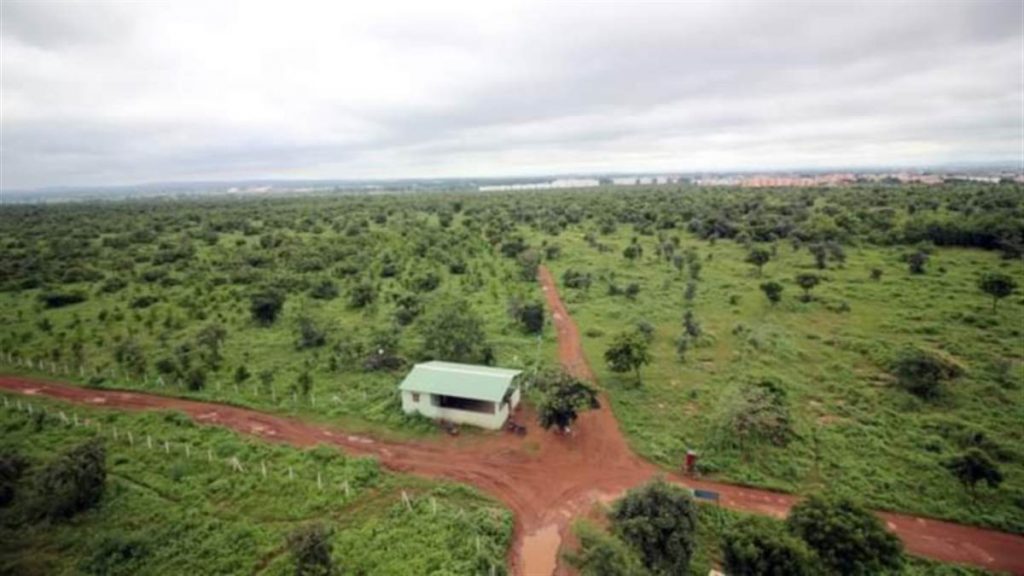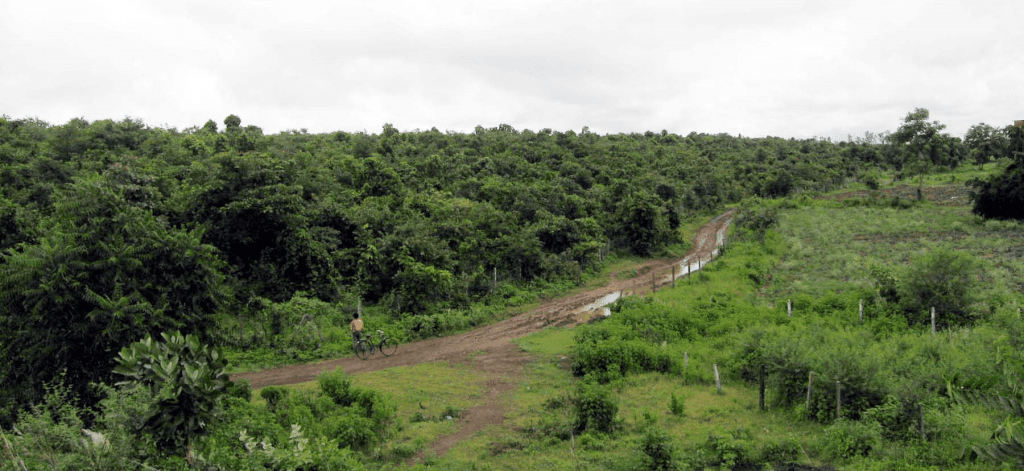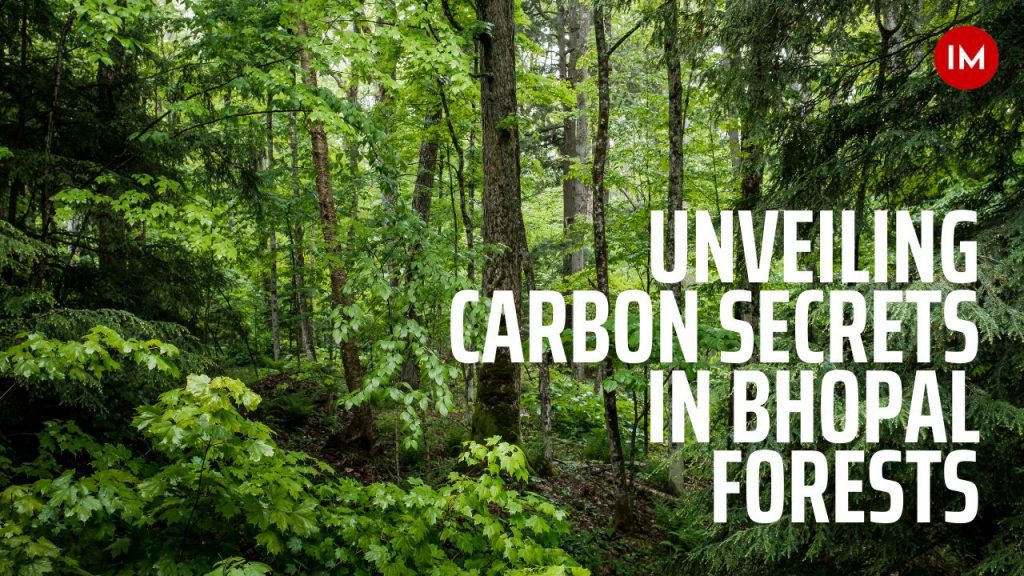Forests are often referred to as the lungs of our planet, absorbing carbon dioxide and emitting life-sustaining oxygen. In the fight against climate change, understanding the carbon storage potential of forests is paramount. Bhopal, a city known for its rich biodiversity and urban green spaces, is the stage for an enlightening study that delves into the intricate world of carbon stock measurement in its diverse forests.
To understand the reality of the city’s plantation over the last 35 years and analyze how much pollution the forests have helped to reduce over the years, the Environment Forestry Board, a new branch of the Bhopal Forest Circle, has decided to conduct a study of the city’s green cover area.
Indian Masterminds spoke exclusively with Chief Conservator of Forests, Bhopal, IFS officer Rajesh Khare, to know more about the process.

SIGNIFICANCE OF MEASURING CARBON STOCK
Carbon stock measurement is a vital component of climate change mitigation strategies. Forests sequester carbon through photosynthesis, storing it in their trees, vegetation, and soil. Accurate assessment of carbon stocks will help the department comprehend how effectively forests are mitigating the impacts of rising atmospheric carbon dioxide levels.
“We will be able to examine how much carbon has been produced by the forest cover over the last 35 years as a result of the procedure. This will enable us to determine the rate at which CO2 emissions have reduced in the environment since we began concentrating on expanding Bhopal’s green space,” Mr. Khare told Indian Masterminds.
It will be possible to determine how the environment of Bhopal has changed over the past three decades by measuring the carbon stocks. The air here became extremely contaminated following the Bhopal gas tragedy after which the process of the plantation commenced. The tender for the project has been passed by the Government and the department will soon go ahead with the study and measurement.

STUDY METHODOLOGY
The comprehensive study of carbon storage dynamics in Bhopal’s forests is underpinned by a meticulously designed and rigorous methodology that encompasses both fieldwork and scientific analysis. This approach ensures the accuracy and reliability of the research findings, providing valuable insights into the role of these forests in mitigating climate change and supporting ecosystem health.
Field Analysis:
Site Selection: The study selects diverse forest sites in Bhopal to represent various forest types, vegetation compositions, and human influence levels to fully understand the carbon storage dynamics in the region.
Plot Establishment: Sample plots are established at each chosen forest site, carefully measured and demarcated for detailed data collection, considering vegetation, topography, and soil characteristics, to ensure representativeness of the larger forest area.
Tree Inventory: The fieldwork involves a thorough tree inventory of each sample plot, recording its characteristics like diameter, height, species identification, and health status, which aids in estimating above-ground biomass, a crucial carbon storage indicator.
Above-Ground Biomass Measurement: Researchers use species-specific allometric equations to estimate tree biomass, relating tree dimensions to carbon stored in the tree’s biomass.
Understory Vegetation Assessment: The study examines the carbon content of understory vegetation, including shrubs, herbs, and grasses, to provide a comprehensive view of the forest’s carbon dynamics.

Scientific Analysis:
Data Compilation and Validation: Field-collected data undergoes meticulous compilation and validation processes to ensure accuracy, consistency, and avoidance of errors during the fieldwork phase.
Equation Application: Tree measurements in Bhopal are used to create allometric equations for above-ground biomass estimates, enhancing the accuracy of these estimates.
Soil Carbon Analysis: Soil samples are analyzed in laboratories to determine their carbon content, using techniques like soil carbon fractionation and chemical analysis.
Integration and Interpretation: Fieldwork and scientific analysis data are combined to calculate carbon stocks in Bhopal’s forests, considering biomass, soil carbon, and vegetation, providing insights into the forest’s overall carbon storage potential.
Implications and Recommendations: The study analyzes carbon stocks, climate change mitigation, ecosystem health, and conservation strategies, providing implications, recommendations for forest management, policy development, and future research directions.
“In three decades, the CPA and the Forest Department have planted almost 35 lakh seedlings. The private organization will be required to conduct an analysis of each environmental and plantation-related factor and provide a report. The report will include an evaluation of the changes that occurred before and after the plantation, as well as measurements of carbon stocks, biodiversity, and eco-system state,” the officer shared.

The carbon stock measurement study in Bhopal’s forests will offer a glimpse into the intricate interplay between nature and climate. It underscores the urgency of safeguarding our forests and valuing their role as guardians of carbon balance. As Bhopal moves ahead, with this newfound knowledge, it will embark on a journey towards a more sustainable and harmonious coexistence between humans and the environment.

































